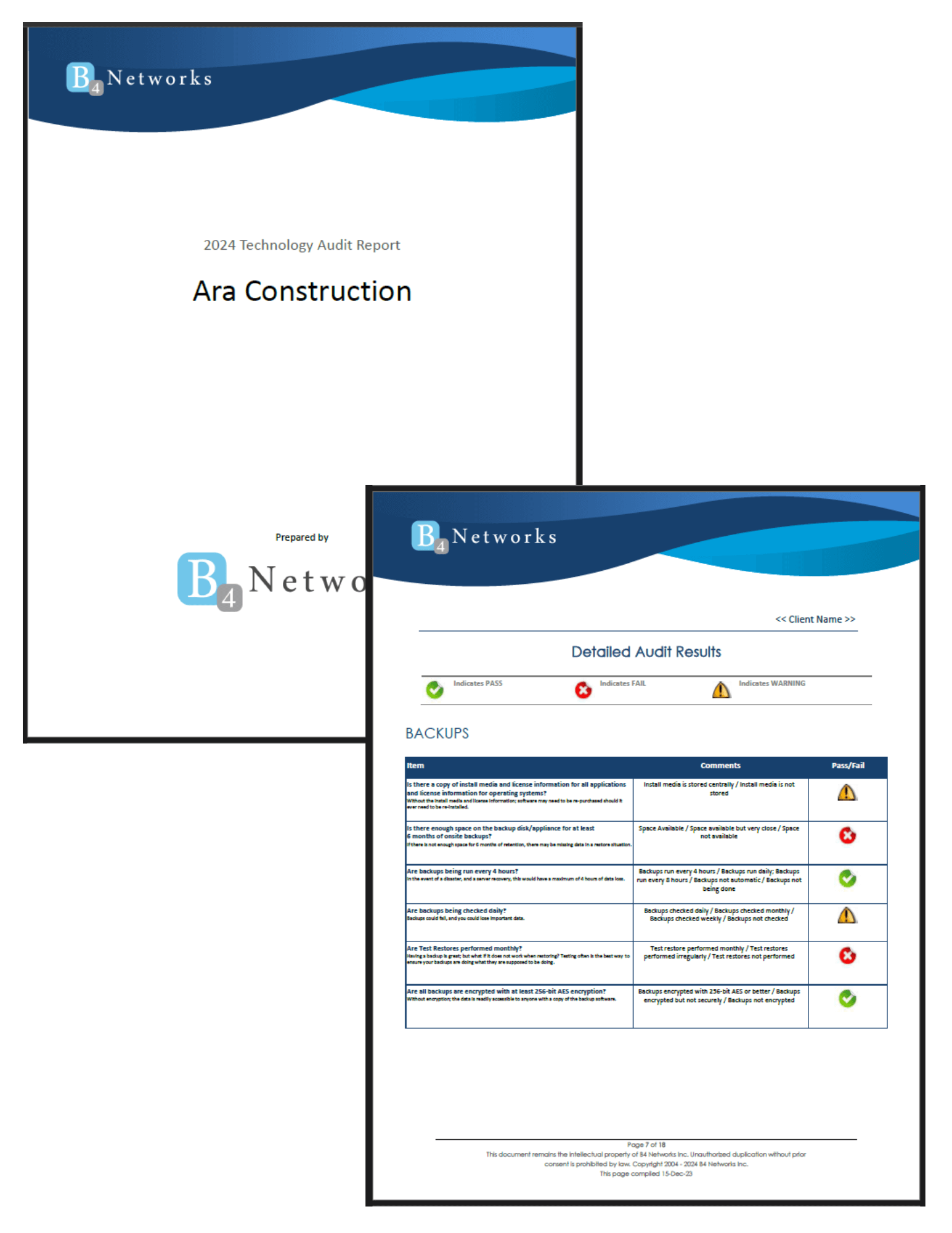- Manage Your Passwords. You’ve heard it before, and you’ll hear it again – one of the best ways to keep intruders out of your data is to lock it behind strong passwords that are updated every 60 to 90 days. Use passwords that are a mix of letters, numbers, and special characters. Make passwords long and confusing.

- Secure All Data. Who are you sharing your data with? Do former employees still have access? What about former clients? Take time to see who has permission to access your network and data. While you’re at it, clean up old or useless data that may be just taking up space. When you know what data you’re saving – and who has permission to access that data – you can better protect it.
- Adopt Best Practices. When was the last time your team received IT security training? Never? Five years ago? It’s time to get back on it. Train your team on the latest cybersecurity threats and how to handle them. Then, adopt best practices so your team knows what to do when they receive a phishing email or there’s a threat to your network.
Inc., Nov. 20, 2020




